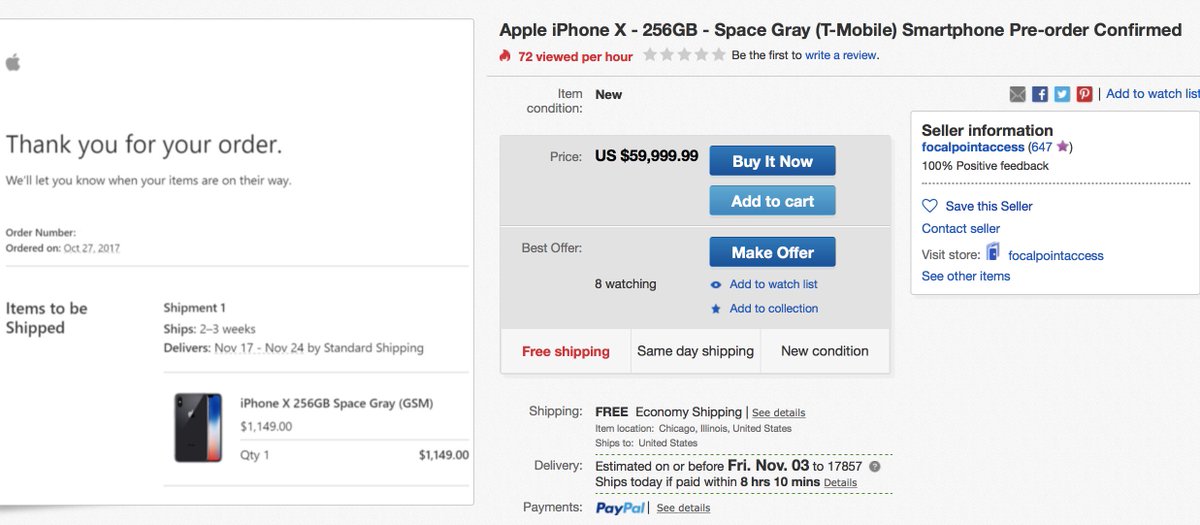Apple is working on a search engine of its own…
In today’s world of instant information on a pocket-sized device and the massive proliferation of the phrase, “Just Google it!” it’s hard to imagine using any other search engine to find the facts you’re looking for (sorry Bing)
Whether it’s research for a college essay or just a quick Google search to win an argument with your friends at a bar, Google has always been the go-to search engine as long as most of us can remember.
However, this may all be changing in the not so distant future. Despite Silicon Valley’s notorious secretive culture, there have been some rumblings over the past few years about Apple’s plans for a search engine of its own.
Growing evidence of a rival search engine
The dark corners of the internet have been aflutter with talk of a new Apple search engine in the works. The tech giant has recently ramped up its search bot activity, crawling the internet, indexing, and ranking websites.
In July 2020, Apple updated its Applebot guidelines too, solidifying considerable speculation about its next moves.
In 2018, Apple poached John Giannandrea, the head of search for Google for the previous 8 years. Despite the cover story of bringing him on board to work on artificial intelligence, it seems more likely that they’re hoping to take advantage of his extensive search engine experience.
With its latest iOS 14 update, Apple has already started ditching Google search results in favor of its own. That, combined with their recent batch of search engineer hires, where they specified experience in artificial intelligence, natural language processing, and machine learning, the evidence is mounting.
Increased user privacy
If rumors about Apple’s new search engine are true, the world of internet searches could be a whole lot different than what we’ve experienced in the past with the likes of Google and Bing. Apple has intensely focused on user privacy, evident from its blatant refusal to turn over private user information to the FBI.
As it stands, Safari is the most popular search engine in the United States of America, so it might not be a long-shot to say that Apple already has a built-in user base for a new search engine, should they choose to launch it.
No ads (or limited ads)
Apple’s strong stance on “privacy-first” for its users will also have an impact on the UX (user experience) of a potential new Apple search engine.
By choosing to not make money from advertising, Apple may win over loyal Google users with a search engine that is truly based on an optimized algorithm, rather than on paid advertising.
Since running ads involves selling user data to third party companies, with Google and Bing, there is always a breach in customer privacy when using their search engine.
So, in addition to an ad-free experience on an Apple search engine, users can rest assured that their personal information will be safe and unexploited.
The downside
No ads? That sounds great, right? It sure does but that doesn’t mean that there won’t be some disruptive side effects that come with it. While users might be happy, businesses who rely heavily on search engine advertising definitely won’t be.
Building a search engine to rival Google certainly won’t happen overnight either. It could take years to have anything that might be on the same playing field as what consumers are used to.
Apple’s tremendous profits and cash reserves, however, tell a story of a company with the buying (and staying) power to commit to such a project.
The story of Apple
The benefits of creating a new search engine are intriguing, to say the least. First and foremost it would allow Apple to gain independence from other search engines.
At the same time, this new technology would enable it to provide a better user experience to iDevice users while creating a new profit stream.
Most importantly, it would end Google’s monopoly on web searches, upending the status quo, and potentially rewriting the rules for the advertising industry as a whole.
From its innovative beginnings with the Macintosh computer in the 1970s to the loyal army of customers Apple has been a memorable success story.
While the Covid-19 pandemic has nearly decimated the tourism industry and Vegas may never recover its former glory, there are green shoots showing which may see the lowly slot reinvigorate the gambling icon.
So just as the iPod revitalized the computer company, we may see new ecosystems spring from the dust.
A game changer?
While it may seem impossible for any company (even Apple) to challenge a behemoth like Google search, the differences in the rollout, interface, user experience, and financial outcomes, it may actually be conceivable for Apple to have a fighting chance to come out on top.
By choosing not to play by the same rules, Apple seems to be blazing its own trail rather than following in Google’s footsteps.
In doing so, Apple won’t have to engage with Google on its own terms, creating a David and Goliath story that just might surprise the world.







